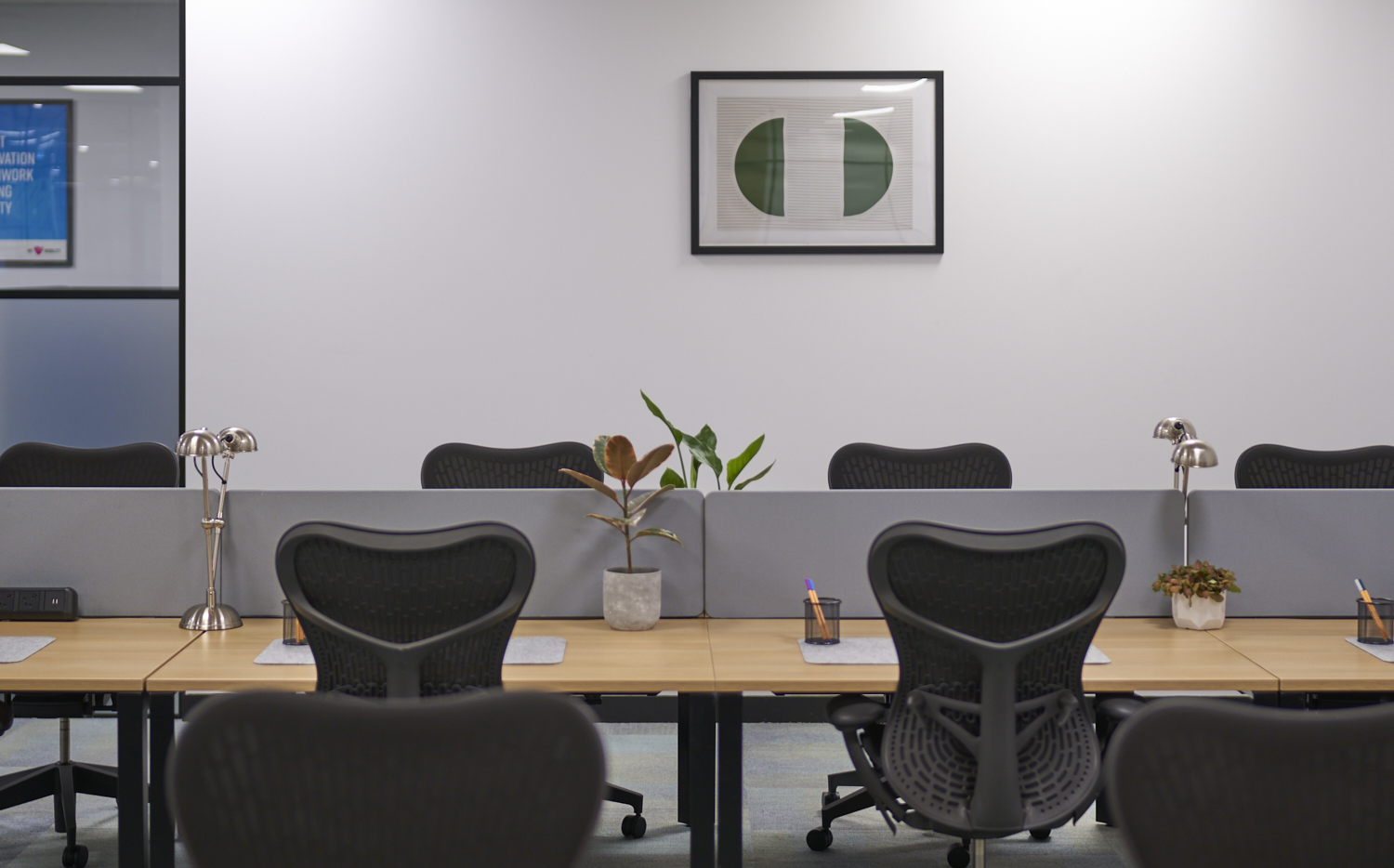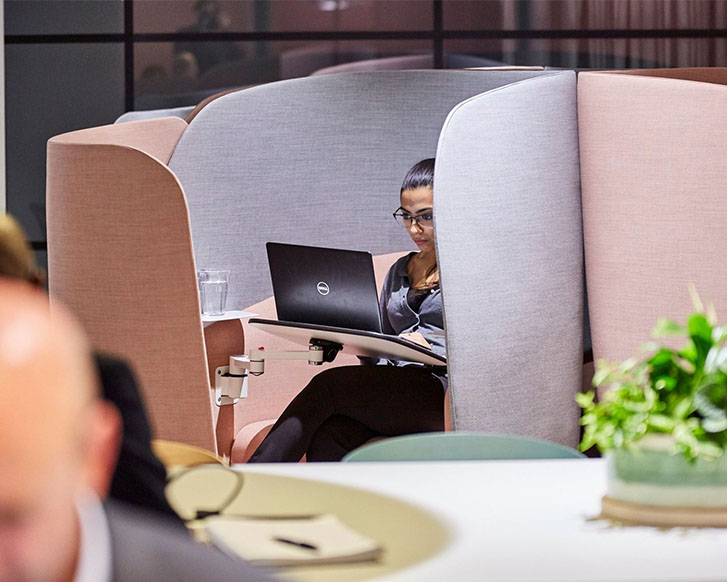Workplace Trends for 2023
From the ‘Great Resignation’ to ‘Quiet Quitting’ to employees entering their ‘villain era’; the workplace has faced rapid waves of change since the COVID-19 pandemic.
This leaves us asking… have the tables turned when it comes to the employer-employee power dynamics; and how can businesses respond in 2023 to embrace rather than combat the boundaries set by a workforce that is no longer afraid to advocate for their needs, to better retain their staff in the process.
Here are some top tips business owners and managers alike should keep in mind when looking to both attract and retain employees, while amplifying their workplace experience in the process:
Prioritising Wellbeing
Work-life balance is in, but business owners need to go above and beyond the precedents of workplace wellbeing to ensure healthy boundaries between work and home life are not just encouraged but mandated in 2023.
At the top of this list is reassessing mental health support in the workspace. No longer a workplace taboo, recent research from Indeed found that although 90% of people believe that how we feel at work matters, only 49% feel their company is focused on prioritising employee well-being.
The success of 2023 in the workplace will be measured on how employers improve employee experience by making wellbeing a priority.
Business owners and managers can do this by adopting a holistic approach, implementing measures to tackle zoom-fatigue, reduce unnecessary meetings, combat signs of stress and burnout while aligning with an individual’s personal self-care goals and routines.
Workplaces should look to create quiet collaborative environments, provide solo or small-group breakout spaces as well as looking at ways to upgrade benefits packages with health and wellbeing truly at the heart of their retention offer.
Reimagining Office Spaces
The office is no longer a business as usual space – in 2023 it is the role of business owners and managers to reimagine their workspaces as not just a place of work, but as a collaboration, socialisation, and development hub. BAU is just once piece of the puzzle.
Adapting existing environments to suit new hybrid needs is going to continue to be important in 2023. Not only will this attract employees back to the office space but will create an environment that is conducive for productivity and collaboration.
In 2022 we saw the rise of biophilia; the blending of indoor and outdoor spaces with plant life taking over many workplaces – and this year a yearning for office spaces designed to support and facilitate healthy experiences is still strong.
A light, bright, airy, and comfortable workspace that mixes home touches (like plants, comfy chair, lamps, and soothing earthy tones) with the necessities of office life will have a much more positive appeal to employees old and new this year. Quirky perks like football tables have their place, but it is ultra-flexible, employee-focused workspaces that will make a real difference in 2023.
In 2023, we anticipate that some business leaders will take this one step further, seeking out or adding facilities that give their staff access to places to work and relaxation within natural spaces, both inside of existing buildings and right outside the office doors such as kitting out private courtyards, moving away from a desk-only format, or providing shaded workspaces on balconies and rooftops.
Offering Real Tangible Flexibility
Hybrid working is now an expectation, with work-from-home days widely felt to be a necessity for many employees in 2023.
With some employers still stuck to a ‘chained-to-the-desk’ mentality, it is time to see productivity in a much more holistic manner. This should not only be assessed in terms of individual, team, or company output but by individual achievement, growth and ultimately job satisfaction too.
It is important for business owners and managers to listen to the feedback of their employees and adapt their processes accordingly.
With the rise in remote-first and flexible hybrid roles meteoric – business leaders would be amiss to not assess their flexibility offer to see how they can improve it for their workforce in 2023.
Coworking spaces are a brilliant solution for those that prefer a flexible work model, as they offer an inspiring and productive environment away from the distractions that come with working from home.
Upskilling To Bridge The Skills Gap
LinkedIn has reported that nearly half of learning and development leaders say skills gaps are widening. This poses a problem for businesses around the world who are finding it harder than ever to fill critical positions with the right talent.
Hiring can be a long and costly process, but in many businesses, diversifying the skillset of existing teams and employees may just be the answer. Offering existing employees regular and consistent training opportunities not only keeps them engaged but allows natural growth and promotion within the existing structures of the business – which does wonders for employee satisfaction and retention.
Tap into what your workforce really enjoys and offer training opportunities to meet their diverse range of skills, interests and needs.
Remember – transferrable skills can be a literal goldmine; so don’t be put off by pursuing training courses that aren’t in direct alignment with a particular job role or responsibility. Bridging the skills gap is as much about direct upskilling as it is about reskilling, and in turn broadening the understandings of the specialisms you work in as well as those that support and complement it.
Adopting A Growth Mindset
Both employers and employees should adopt a growth mindset in 2023.
For employers, this might look like transparency on the direction of the business, setting objectives around team or new business growth, or looking at ways to up-sell services to existing clients.
For employees, aligning personal and professional goals will create the perfect ecosystem for growth, enabling individuals to join-the-dots between pursuits made outside of the office (self-care, new hobbies, side hustles) with those growth milestones within the bounds of the 9-5. Adopting a growth mindset is most effective when not compartmentalised into only one area of life.
Summary
While businesses are still adapting to these new ways of working, rapid change offers workplaces the opportunity to set new precedents that prioritise the health, wellbeing, satisfaction, and productivity of their staff in a myriad of ways.
We predict that it will be the businesses that listen to and most importantly respond to the needs of their workforce that will maximise retention in 2023.


